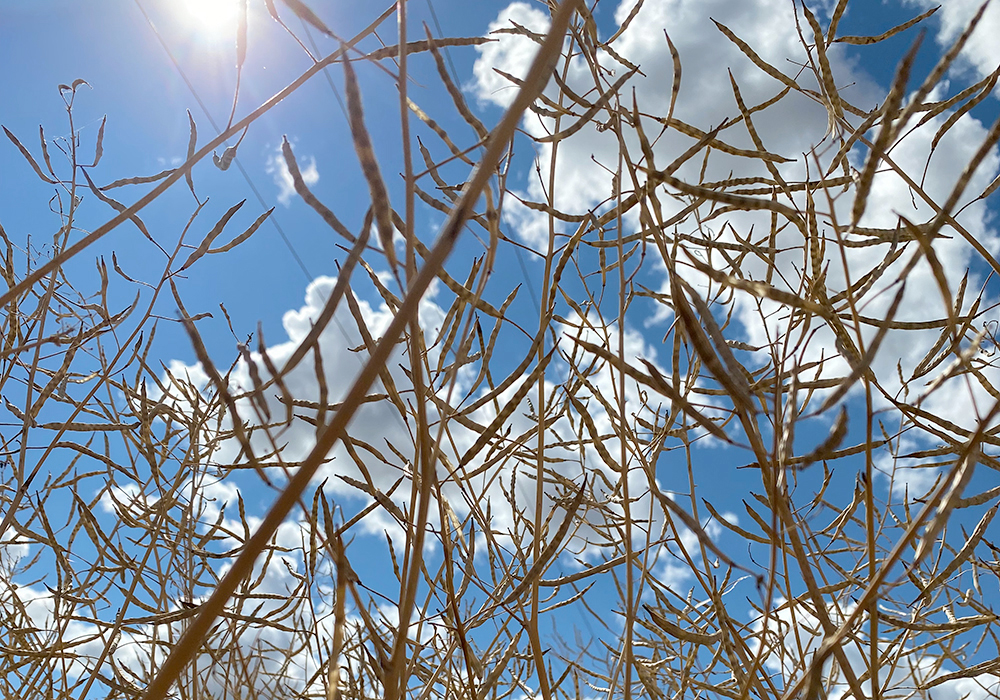Predicting prairie crops before the middle of June is fraught with dangers, but a few elements of 2022 production seem likely.
First, it seems safe to proclaim that we won’t see a widespread drought like 2021. Manitoba and eastern Saskatchewan have battled heavy springtime precipitation to get a crop in the ground. And as this is being written, a heavy rainfall is forecast for southwestern Alberta including Calgary with rain also in the forecast for many other regions.
Drought is still a major worry in many parts of western Saskatchewan and crop potential has already suffered, but there will not be a prairie-wide repeat of last year’s drought reduced crop.
Read Also

Budget seen as fairly solid, but worrying cracks appear
The reaction from the agriculture industry to prime minister Mark Carney’s first budget handed down November 4th has been largely positive.
Flea beetle pressure has been high and producers in some areas have sprayed thousands of acres to control grasshoppers, but it’s hard to imagine a scenario where prairie production could end up as bad as last year.
It’s safe to bet more grain will be harvested although with many crops planted late it’s also reasonable to expect more grading issues and poorer quality overall. On the other hand, due to the rocky start with flooding and some unseeded acres in the east and a lack of rain in parts of the west, it’s also hard to imagine this crop breaking any production records.
Livestock feed shortages will be much more localized. Areas of the eastern prairies unable to get a crop seeded in time may still plant land for green feed knowing there is likely to be a market for forage.
With such a small harvest in 2021, grain deliveries and exports are waning. New crop production can’t come quickly enough. Unfortunately, it’s not likely to be an early harvest.
Overall, seeding was later than normal in most areas and the weather to date has lacked heat. By mid-June, some daytime temperatures over 30 C are not abnormal, but we haven’t seen that to date. No telling what the weather will do going forward, but a lot fewer acres will be harvested by the end of August than what we experienced last year.
This summer and fall will be a fertilizer price guessing game. After record high fertilizer prices at seeding, significant price drops are now being reported in the American marketplace. How far will prices fall? How quickly and efficiently will those declines translate into the Canadian market? Will declines continue or will they be short-lived given the ever-increasing price of fuel?
These are all multi-billion-dollar questions with analysts holding differing opinions. Some of the best advice is to price fertilizer in tandem with grain whenever possible. This may be easiest with canola where the futures market makes long-range pricing viable. A high price for nitrogen can be justified when the price of canola is also high. Locking in a fertilizer price could be an expensive mistake if you haven’t also got some 2023 canola locked in.
As usual, expect more curveballs from Mother Nature. Wet conditions could spur crop disease along with increased fungicide applications. No one knows whether it will be a year with numerous hail storms or a relatively light year for hail damage. We haven’t experienced widespread fall frost damage for many years, but late maturing crops increase that risk.
Even more than usual, this year is likely to see some big winners and some big losers. With many grain prices record high, producing a good crop will generate strong returns. On the other hand, a poor crop will have trouble paying record high input costs.
















